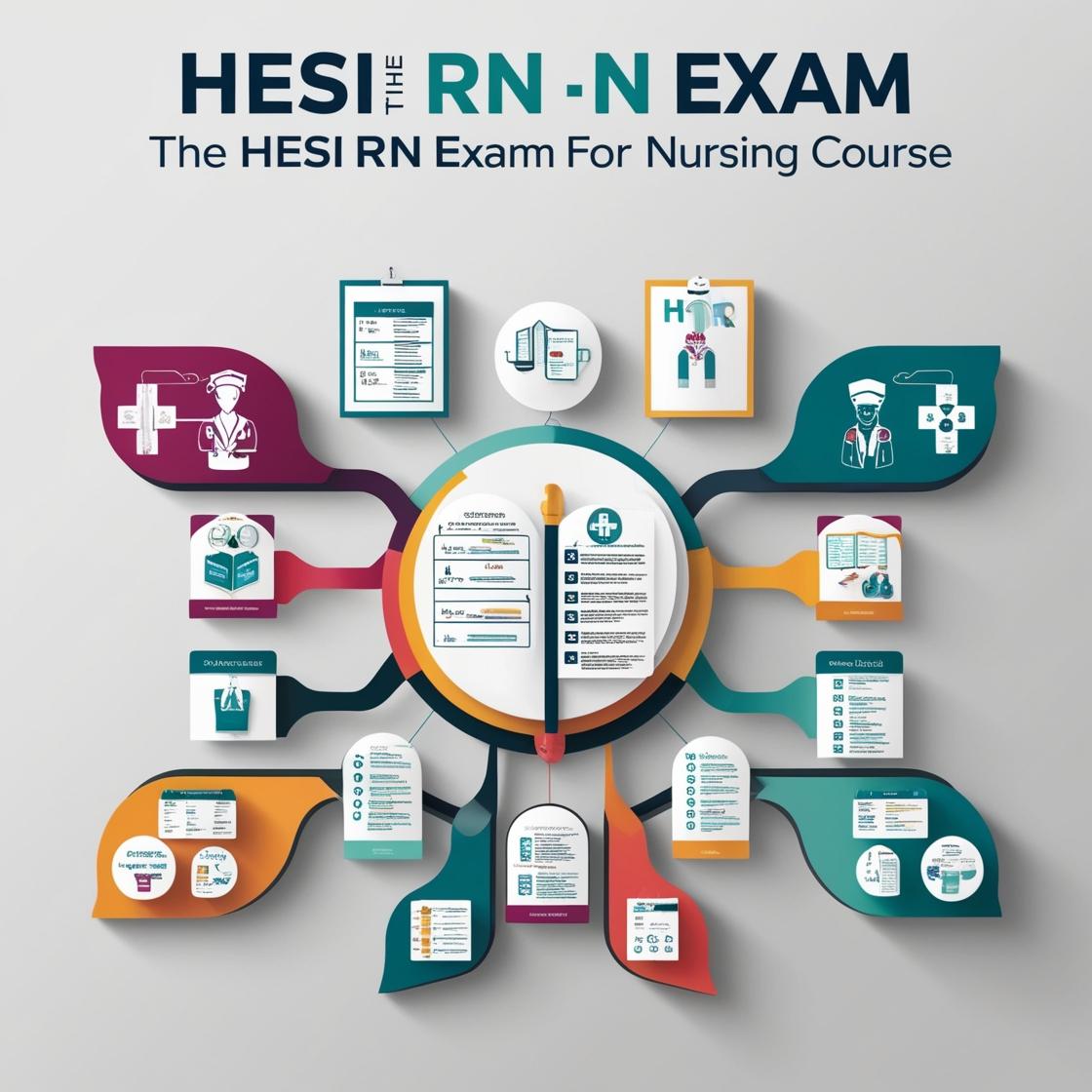HESI RN
Evolve HESI Medical Surgical Practice Exam
1. A client in the emergency department is severely dehydrated and is prescribed 3 L of intravenous fluid over 6 hours. At what rate (mL/hr) should the nurse set the intravenous pump to infuse the fluids? (Record your answer using a whole number.)
- A. 500 mL/hr
- B. 400 mL/hr
- C. 550 mL/hr
- D. 600 mL/hr
Correct answer: A
Rationale: To calculate the rate of the intravenous pump, divide the total volume of fluid (3 L = 3000 mL) by the total time in hours (6 hours), which equals 500 mL/hr. The correct answer is A. Choice B (400 mL/hr) is incorrect as it would result in a slower infusion rate. Choice C (550 mL/hr) and Choice D (600 mL/hr) are incorrect as they would result in a faster infusion rate, exceeding the prescribed amount of fluid to be infused over 6 hours.
2. A client has pyelonephritis and expresses embarrassment about discussing symptoms. How should the nurse respond?
- A. Assure the client that their symptoms will be kept confidential.
- B. Acknowledge the client's discomfort and avoid discussing elimination topics.
- C. Encourage the use of familiar language and assure the client they can take their time.
- D. Offer the client a nurse of the same gender to provide care.
Correct answer: C
Rationale: When a client expresses embarrassment or discomfort in discussing symptoms related to sensitive topics like elimination and the genitourinary area, the nurse should respond by encouraging the client to use words they are comfortable with. This helps the client feel more at ease and opens up communication. Offering a nurse of the same gender may not address the client's discomfort with discussing symptoms. Assuring confidentiality is important, but it should not be promised in a way that may not be fulfilled. Avoiding the topic of elimination entirely does not address the client's feelings or promote effective communication.
3. The nurse is caring for a patient whose serum sodium level is 140 mEq/L and serum potassium level is 5.4 mEq/L. The nurse will contact the patient’s provider to discuss an order for
- A. a low-potassium diet.
- B. intravenous sodium bicarbonate.
- C. Kayexalate and sorbitol.
- D. salt substitutes.
Correct answer: A
Rationale: In the scenario presented, the patient is experiencing mild hyperkalemia with a potassium level of 5.4 mEq/L. The appropriate intervention for mild hyperkalemia is a low-potassium diet to restrict potassium intake. This helps in managing and preventing further elevation of potassium levels. Intravenous sodium bicarbonate is not indicated as the patient's sodium level is normal at 140 mEq/L. Kayexalate, a cation-exchange resin, is typically used for severe hyperkalemia to promote potassium excretion. Salt substitutes, which often contain potassium chloride, should be avoided in patients with hyperkalemia as they can exacerbate the condition by increasing potassium levels further.
4. A healthcare professional has a prescription to collect a 24-hour urine specimen from a client. Which of the following measures should the healthcare professional take during this procedure?
- A. Keeping the specimen chilled
- B. Saving the first urine specimen collected at the start time
- C. Discarding the last voided specimen at the end of the collection time
- D. Asking the client to void, discarding the specimen, and noting the start time
Correct answer: D
Rationale: The correct answer is asking the client to void, discarding the specimen, and noting the start time. During a 24-hour urine collection, the first voided urine is discarded to ensure the test starts with an empty bladder. The specimen should be kept chilled, not at room temperature, to prevent bacterial growth. The last voided specimen is not discarded because it contributes to the total volume collected, so choice C is incorrect. Discarding the specimen and noting the start time is essential for accurate results in a timed quantitative determination like a 24-hour urine collection.
5. A client with a diagnosis of hypothermia is being admitted to the hospital by a nurse. Which of the following signs does the nurse anticipate that this client will exhibit?
- A. Increased heart rate and increased blood pressure
- B. Increased heart rate and decreased blood pressure
- C. Decreased heart rate and increased blood pressure
- D. Decreased heart rate and decreased blood pressure
Correct answer: D
Rationale: Hypothermia decreases the heart rate and blood pressure due to reduced metabolic needs of the body. With lower metabolic demands, the heart's workload decreases, leading to reductions in both heart rate and blood pressure. Choices A, B, and C are incorrect because hypothermia typically results in a decrease in heart rate and blood pressure, not an increase.
Similar Questions

Access More Features
HESI RN Basic
$89/ 30 days
- 50,000 Questions with answers
- All HESI courses Coverage
- 30 days access @ $89
HESI RN Premium
$149.99/ 90 days
- 50,000 Questions with answers
- All HESI courses Coverage
- 30 days access @ $149.99
